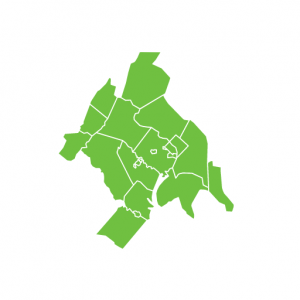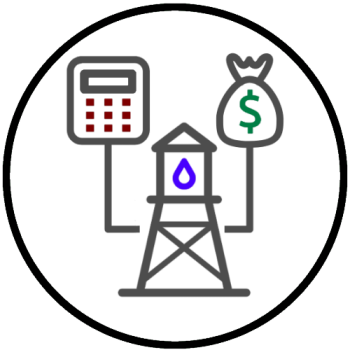On May 27th, Quantified Ventures issued a press release regarding the evaluation of the first ever Environmental Impact Bond (EIB). EIBs are innovative pay-for-performance debt-financing mechanisms that have been used to finance green infrastructure projects in DC, Atlanta GA, and Hampton VA. EIBs are unique in that they tend to have predetermined outcome measures that dictate the overall cost of capital. While green bonds also finance environmental projects, they typically do not measure and report outcomes.
About the DC Water EIB
The DC Water EIB funded green infrastructure installments aimed to reduce runoff into DC Water’s combined sewer system, and eventually into Rock Creek. The EIB funded 25 acres of green infrastructure as part of DC Water’s Clean Rivers Project, which aims to reduce runoff into combined sewer systems and combined sewer overflows. The $25 million EIB was sold to Goldman Sachs and Calvert Impact Capital in a private issuance and included three performance tiers. The outcome measure for the project was runoff reduction into the combined sewer system, measured against a flow baseline established before the project was completed.
The idea is that an EIB allows for risk-sharing. If the project underperforms, DC Water receives a performance payment from investors that reduces the cost burden on ratepayers. Because DC Water is required to reduce combined sewer overflows, underperformance might mean future investment to control the problem. The table below summarizes the range of outcomes and performance payments for the DC Water EIB, as outlined by a Goldman Sachs fact sheet.







